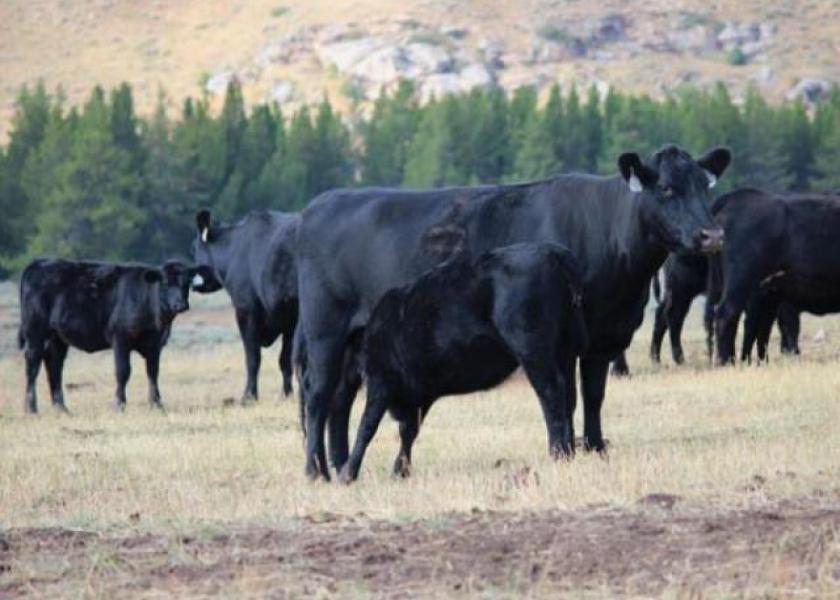Management Practices for Cows at Weaning: Part 2 – Analyzing Cow Production Performance

Regular and consistent performance analysis can help a cow-calf operation: 1) identify where the business has excelled as well as opportunities for improvement. 2) make informed management decisions, and 3) formulate goals and monitor progress toward goals. Analyzing cow herd performance for only one year will not accomplish all the above. Regular analysis over time helps producers build a base of knowledge for better management decisions and improved profitability. Several years of analysis of the information collected on the cow herd (covered last week) in addition to accurate cattle inventory records throughout the year, helps producers monitor improvement in financial and production statistics to verify progress made and get a true picture of the ranch’s performance and potential.
Beef Production and Reproductive Measures
Accurate production records are essential for meaningful analysis. In addition to the cow herd information we discussed last week, inventories of all categories of cattle are necessary at times of breeding, pregnancy testing, calving and weaning. What follows are some basic calculations of beef herd performance measures which should be evaluated after weaning.
Pregnancy Percentage = (Number of females Pregnant/Number of females Exposed) x 100
Calving Percentage = (Number of calves Born/Number of Females Exposed) x 100
Keep in Mind: Low values in both the above calculations indicate a problem but not the cause of the problem. Environmental stresses will cause year to year variation.
Calf Death Loss per Exposed Female = (Number of calves that died/Number of Exposed females) x 100
Calf Death Loss per Calves Born = (Number of Calves that Died/Number of calves Born) x 100
Percent Calf Crop Weaned = (Number of Calves Weaned/Number of Females Exposed) x 100
Keep in Mind: Percent Calf Crop Weaned is a good indicator of total herd productivity, nutritional adequacy and good husbandry practices because it takes into account the previous calculations; however, it does not account for excessive use of inputs like feed and labor.
Calving Distribution. Monitoring calving distribution within the calving season can provide insight on the reproductive performance of the herd. Typically done by splitting the calving season into thirds. For example, in a 75 day calving season, track how many cows calve in days 1 – 25, 26 – 50 and 51 – 75. Ideally, a large proportion of the cowherd would calve in the first third of the calving season. This would indicate good management, nutritional adequacy and good reproductive performance.
Actual Weaning Weights. Often used as a performance benchmark. Higher profit operations tend to have heavier weaning weights; however, the methods used to accomplish need to be evaluated closely relative to cost effectiveness.
Lbs. Weaned per Exposed Female = (Total Lbs. of Calves Weaned/Total Number of Exposed Females) x 100
One of the key production records each cow-calf operation should assess for each calf crop. A meaningful record because it takes into account herd reproductive rate, calf death loss and genetic potential for growth and maternal performance. Age at weaning and calving distribution has profound impact on pounds weaned for exposed female making this performance measure meaningful for the individual operation to evaluate on a year to year basis.
More information can be found on the calculation and meaning these measures of herd performance in the 8th edition of the OSU Beef Manual referenced below. None of these measures is a stand-alone indicator. They should be viewed collectively and in relationship to each other. Over time, they can indicate areas in which management can be improved in the form of breeding decisions, herd health, or nutrition and stocking rates.
References
Beef Cattle Manual. Eight Edition. E-913. Oklahoma Cooperative Extension. Chapter 4.
Related stories:







